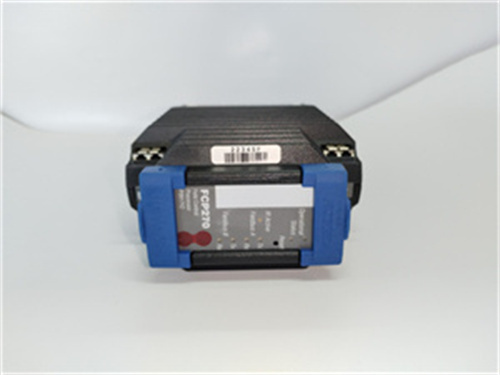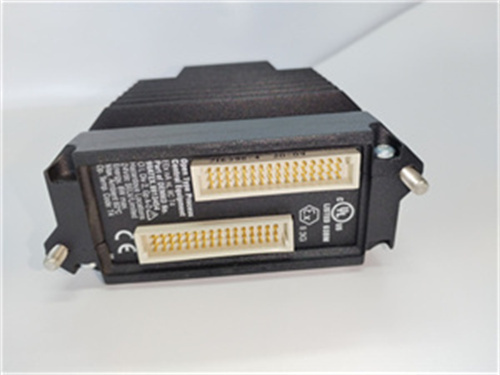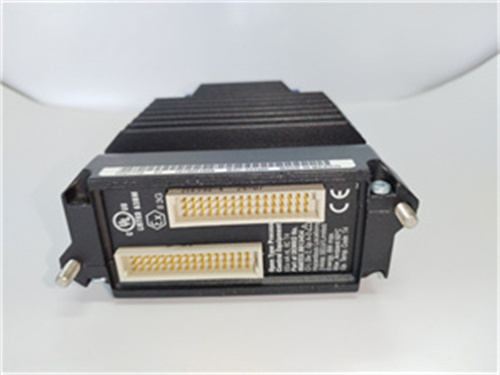FOXBORO FCP270 is a field control processor widely utilized in industrial automation and process control systems. Here is a detailed breakdown of its parameters, specifications, dimensions, weight, series, features, and functions in English:
Parameters and Specifications:
Product Type: Field Control Processor 270 (FCP270).
Memory Size: 16 MB SDRAM and 32 MB flash memory.
Input Voltage (Redundant Voltage): 24 VDC typical.
Power Consumption: Maximum 8.5 W per non-fault-tolerant module.
Operating Temperature: 0 to +60°C (+32 to +140°F).
Dimensions and Weight:
Dimensions: Length – 14.7 cm, Width – 5.15 cm, Height – 11.4 cm.
Weight: 0.6 kg.
Shipping Weight: 1.5 kg.
Series:
FCP270 belongs to the FOXBORO series, which is now part of Schneider Electric’s industrial automation portfolio.
Features:
Control and Monitoring: It can be used for process control and monitoring in a wide range of applications, including industrial process control, temperature control systems, pressure and flow control, level monitoring and control, as well as data acquisition and monitoring.
Connectivity: It supports up to 32 series 200 Fieldbus Modules (FBM) and up to 128 series 200 FBMs with Fieldbus Extension Modules 100 (FEM100). Additionally, it supports up to 64 series 100 FBMs.
Communication: It can connect to the MESH control network through a standard optical fiber 100 Mbps Ethernet connection.
Durability and Reliability: The FCP270 has a robust cast aluminum housing, making it suitable for use in harsh G3 industrial environments. It is also CE-certified for field installation.
Programming Flexibility: Offers flexible programming capabilities, supporting various programming languages or environments, such as PLC programming and graphical programming.
Functions:
The FOXBORO FCP270 performs a range of functions related to industrial automation and process control. It receives and processes input signals from sensors and other devices, executes control algorithms and logic, and generates appropriate output signals to actuators or other controlled equipment.
It also performs data acquisition, alarm detection, and notification, allowing for real-time monitoring and response to system conditions.
Additionally, it supports various communication protocols, enabling seamless integration with other controllers, monitoring systems, or upper-level systems.










